Part of a series of articles titled NRCA 2022: Condition of Valles Caldera’s Natural Resources and Scenic Views.
Article
Life on Redondo Peak: Plant and Arthropod Diversity at Valles Caldera’s Highest Elevations
Plant communities on Redondo Peak include spruce-fir (Picea-Abies) forests, upper montane meadows, and exposed rock or scree fields (known as felsenmeers). Combined, these high elevation community types make up 15% of the preserve’s total area. But what do we know about the life on this peak?
The National Park Service (NPS) is interested in all types of life in these high elevation communities. A comprehensive inventory of plants and animals on Redondo Peak was conducted by the NPS for the first time in 2014. More of the information from this inventory will be reported at a later date. For now, we’re focusing on the plants and arthropods(especially insects and spiders) in the spruce-fir forests, upper montane meadows, and felsenmeers on Redondo Peak. Wait—what are felsenmeers again? We’ll tell you more about them below!
What are the biggest threats to Redondo Peak’s high elevation communities?
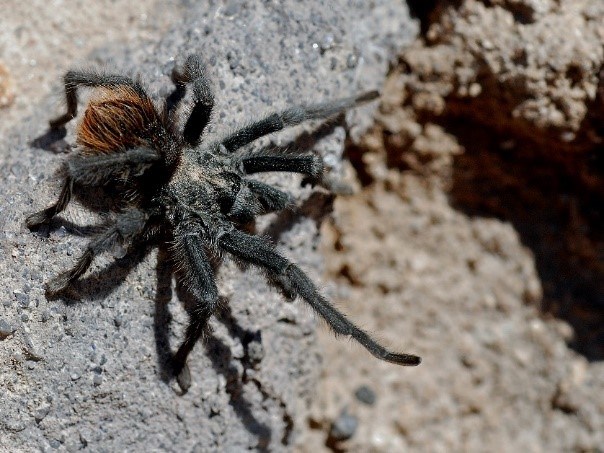
Photo by NPS/Sally King.
Some species that depend on the cool, moist conditions found on Redondo Peak are at risk in the preserve due to climate change. For species that occur at high elevations, as conditions warm, there is nowhere higher to go. An assessment of climate change vulnerability for New Mexico found the Jemez Mountains ranked at the top of the list for vulnerability. The ranking was the result of significantly warmer and more highly variable temperatures since 1970 and significantly less precipitation since 1991.
Also, an unusually large fire in 2013 burned Redondo Peak, damaging habitat, including that for the endangered Jemez Mountains salamander.
A bit about the high elevation communities:
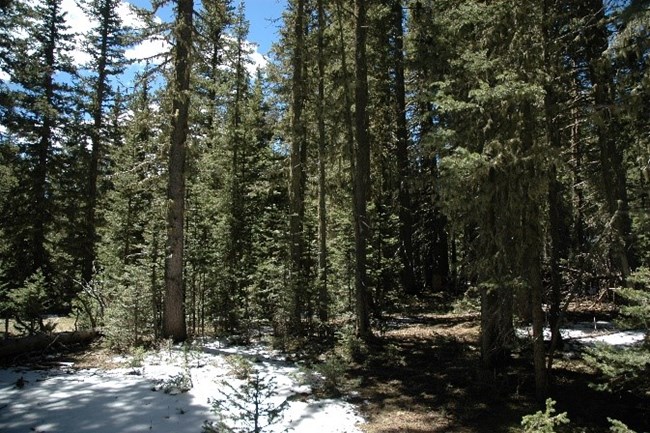
Photo by NPS/Bob Parmenter.
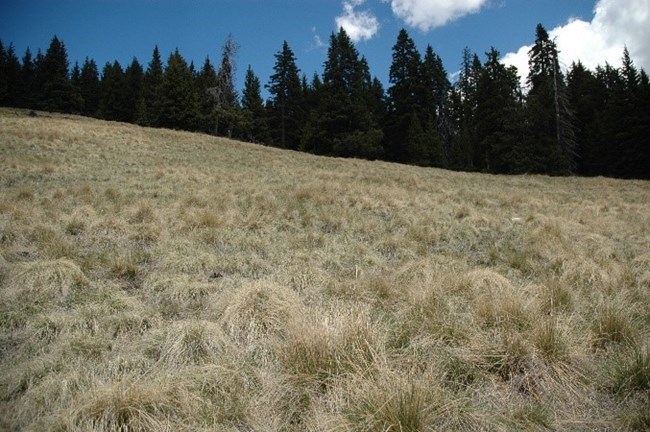
Photo by NPS/Bob Parmenter.
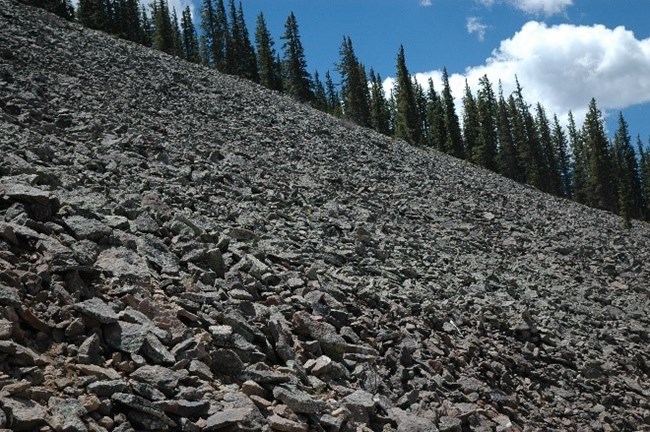
Photo by NPS/Bob Parmenter.
Assessing plant and arthropod diversity on Redondo Peak
A recent Natural Resource Condition Assessment (NRCA) through the NPS NRCA Program focused on seven resources at Valles Caldera, including plants and arthropods on Redondo Peak. NRCAs evaluate natural resource conditions so that parks can use the best available science to manage their resources. With the information available on plants and arthropods in the preserve, ecologists at Utah State University:
- Summarized plant species richness from the 2014 inventory and compared it to accepted descriptions of these community types in the Southern Rocky Mountains region for each of the three communities on Redondo Peak. The objective was to look for differences from the expected species compositions.
- Summarized the arthropod data (on insects and arachnids [such as spiders]) from the inventory by the number of specimens collected and number of species in each of the three habitat types.
What did we learn?
- Across the three community types surveyed, 101 plant species were recorded, with only three species being non-native. The 98 native species on Redondo Peak make up nearly 20% of all plant species in the preserve.
- The spruce-fir areas inventoried in the preserve had the greatest number of plant species of the three community types, while mountain meadow and felsenmeer areas had lower numbers of plant species (76, 57, and 36, respectively). In terms of plant composition, these three communities appear to be similar to those described in other areas across their range.
- A 2009 to 2011 inventory of bryophytes in the preserve—the first ever—recorded more than 500 samples of 113 species (Kirsten Romig, Master's thesis, New Mexico State University). Bryophytes are nonvascular plants consisting mainly of mosses, liverworts, and hornworts. 98 of the species were mosses, including seven species new to New Mexico. One of these new species was found on Redondo Peak!
- The inventory recorded thousands of moths (3,606 to be exact!) belonging to 60 different species, including four new species for the preserve. All of these moths were identified by a lepidopterist with the U.S. Department of Agriculture. They also observed at least 75 species of spiders and five species of harvestmen (also known as daddy longlegs).
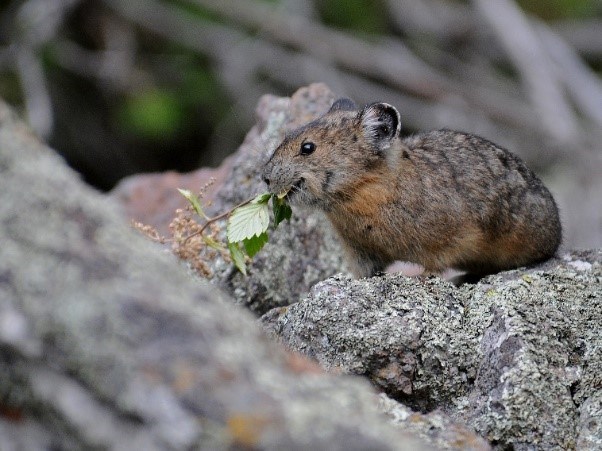
Photo by NPS/Sally King.
- A yellow-bellied marmot (Marmota flaviventris) was observed on Redondo Peak during a 2015 survey, and four more observations have occurred in the Jemez Mountains since then. These are the first observations of the yellow-bellied marmot in this mountain range. The closest known populations are in the Sangre de Cristo Mountains to the northeast.
-
Utah State University ecologists suggested monitoring specific plants and animals in each of the three communities on Redondo Peak to keep an eye on the health of this high elevation system over time. Species that are sensitive to climate change are important to monitor and include the boreal owl (Aegolius funereus), American pika (Ochotona princeps), and six plant species.

Photo by NPS/Jim Peaco.
What can park managers do with this information?
The science in this study can be used to inform park planning and management actions that involve the high elevation communities on Redondo Peak. The authors also recommended a list of climate-sensitive animals and plants to monitor on Redondo Peak to track the health of the area over time. The report process also pointed out the need to answer these questions:
-
Has species richness / diversity of high elevation areas changed over time?
-
How is the biological community likely to change given future climate scenarios?
Read More about the 2021 Valles Caldera NRCA Project >
Visit the NRCA Program Home>
Last updated: January 12, 2023
